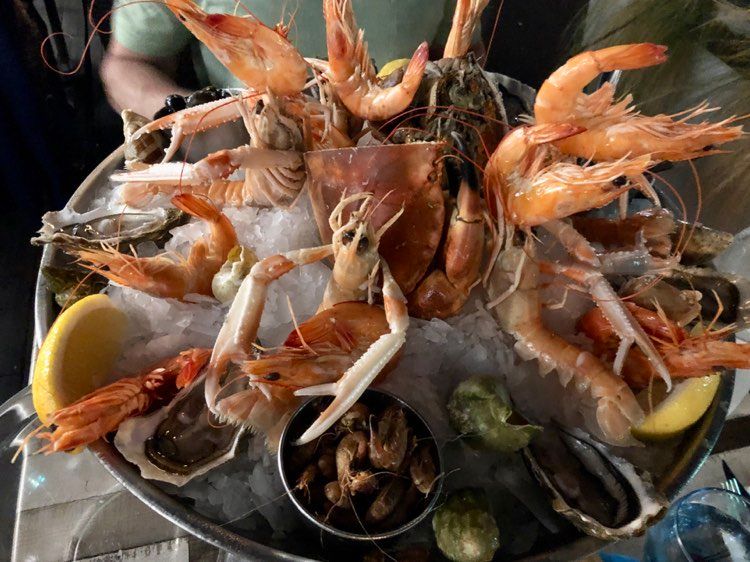
Winding mountain roads overburdened with speed cameras and toll booths led us over the edge of the Pyrenees and into France, where we’d take a brief detour from Basque country to swim on sparsely populated beaches up the coast.
The geography flattened into an unremitting expanse of pine forests sheltered by massive sand dunes, and beyond them, beaches that stretch for some 200km.
The Landes forest — part of historic Gascony, now Nouvelle-Aquitaine — was swampy and sparsely inhabited until the 19th century, and reportedly so wet that those few people who lived there hobbled around on stilts.
The end of traditional pastoralism led to reforestation as trees were planted to prevent the area’s sandy soils from washing and blowing away. Timber and resin industries grew with them, eventually giving way in the 1970s to patches of grain agriculture. Today, the Landes is Europe’s largest maritime pine forest.
It’s also famous for surfing, thanks to rough seas thrown up by the Bay of Biscay’s relatively shallow waters, but I had no interest in that. I was drawn by the prospect of sunning and swimming on sparsely populated beaches, the polar opposite of the crowded resorts to the south.
We made our base in the pretty little town of Léon, where the main street was closed each morning for the daily market, a localized cornucopia of the best things about France: vegetables and fruit picked at perfect ripeness, cheese, charcuterie, olives and Armagnac. I’ve been an Armagnac aficionado for more than 20 years, and my one regret of flying with carry-on was the inability to bring a bottle home.
A far cry from the glamorous Côte d’Azur, this coast is a land of family campers and caravans, and I saw far more amateur cyclists threading the backroads and bike paths than I did surfers threading wave crests.
We parked at the big forested lot near the access point to Plage de la Lette Blanche each afternoon and followed a sandy path through the forest to an access closer to the beach at Arnaoutchot.

As we climbed the huge barrier dune, its slip-back sand radiating heat, the sound of the sea grew louder. I could see crowds clustered near the parking lot’s access point in the distance, but here they grew sparser, as did the use of swimsuits. The beach bums on this stretch of shore were bare ones, and that suited me perfectly.
The sun was a comforting blanket of warmth, much milder than that of Mediterranean beaches, and it was possible to laze there all day in a semi-stupor of reading and dozing without risking a burn.
Swimming was a different story. The transition time between low and high tide brought a period of relative calm, and waves that thrilled with roller coaster buoyancy. But this stretch of coast is notorious for rip tides, and crashing waves that can sweep even well-braced bathers off their feet, slamming them against the sand and gravel bottom just in time to be pushed down by the next one.
Cooling off meant taking extra care, but the need to paddle in shallow waters was a price I was happy to pay in exchange for an absence of crowds and swimsuits.

The evenings brought a different sort of indulgence at Moliets, just down the coast, where fast food joints and carnival games form the main drag of this thoroughly unpretentious resort town, culminating in a massive ice cream shop with three long coolers double-lined with flavours.
The most difficult choice of my time in the Landes was between scoops of liquorice and lemon meringue.
